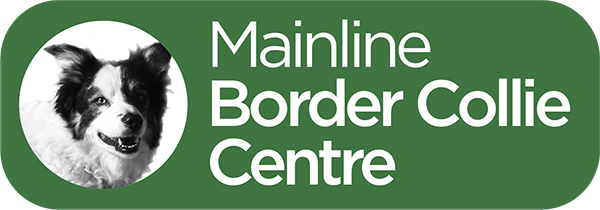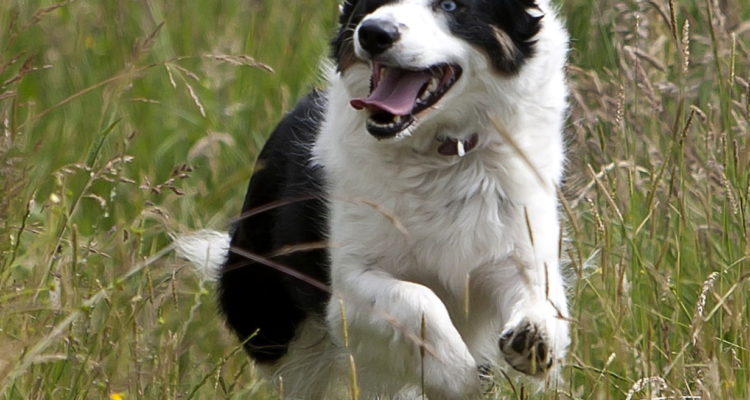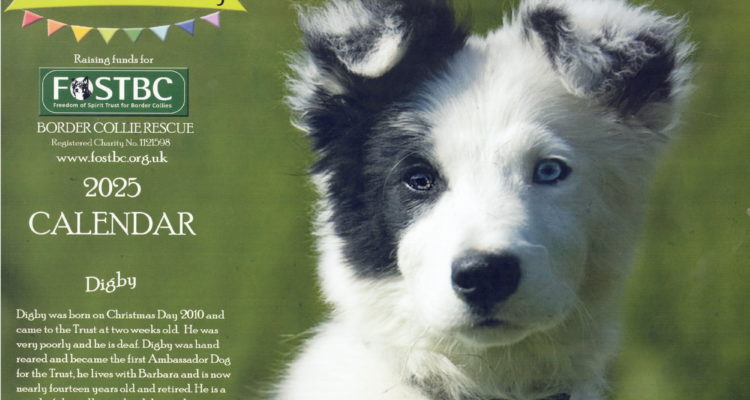TLC Presents The Border Collie Inside and Out A look into the history and genetics…
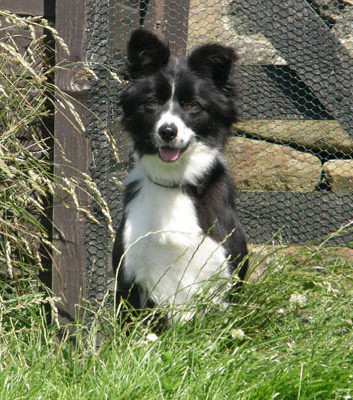
Are you feeding the right diet?
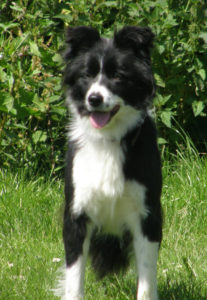
If you are happy with the food and your dog is healthy and contented then you probably are. But there will be someone somewhere who will tell you that you are wrong.
They too are probably right, as far as their dog and circumstances are concerned. As the saying goes, ‘if it ain’t broke, don’t fix it’, but there are some facts about dog food that are worth understanding, some of them may not be relevant to your dog now but things can change either with the same dog or another one.
On the whole dog food manufacturers are providing food for dogs, not for a specific breed or size, so they can’t be blamed for not having the amount of room needed to provide the information on the packaging for individual dogs. A certain amount of common sense is needed when calculating what a puppy needs and for how long, which isn’t easy to work out when the instructions on a bag state that the food must be fed until a certain age. After that you must feed junior food before changing to an adult diet. All very well if your dog fits into the feeding guide category on the bag, if it doesn’t you could be left with a bit of a tearaway. In fairness to the feed companies if they gave the guide for a very small dog there would probably be a lot of very hungry and under nourished large breed dogs to contend with – which explains how things can go wrong and why it’s important to understand what a puppy needs.
The average puppy will almost triple in height in the first few weeks. From being a tiny little being in the first week it will be running around, being curious and having lots of fun by the time it is eight weeks old. When it reaches three to four months it is losing its puppy cuteness and is beginning to think less like a puppy and more like an adolescent. In that time it will have grown rapidly, more than tripled its size from when it first started scrambling around, and now it will be settling down to just a little bit more growth. By the time it reaches the six to seven month stage it will perhaps have another inch to go and then fill out. In the case of a tiny breed that growing will have been over and done with much sooner and a very large breed will probably still be growing much later. So now we can see why one set of instructions cannot match every dog and with the growth spurts slowing down it doesn’t make sense to feed the same energy food through each stage.
A puppy will use energy to grow and its mother will replace that energy as its being used, so that the energy bank doesn’t decrease or increase. Once weaned the young dog will eat what it needs to keep its energy level topped up through each growing phase. If we feed a young dog the same energy food into the second growth phase as we did in the first phase we are feeding energy in excess of its requirements. That energy will be used but if not for growing it can manifest as hyperactivity, aggression or even nervousness. To add to the mix we have to remember that if we feed a very high energy puppy food we must change to a lower one sooner because the excess energy being fed into the pup will push its growth rate up quicker.
It’s only in recent years that puppy food has surged up to high levels of energy with recommendations to feed until a year old, and in those years there have been a lot of young and very hyperactive dogs causing problems for their owners. Before the onset of such miracle diets that are ‘simply the best’, and ‘just what your puppy needs’ when pups were fed on porridge and the occasional scrambled egg they didn’t grow up to be undernourished and there were far less hyper young dogs to be found. But then that diet must have some good qualities as it’s what we give our children!
